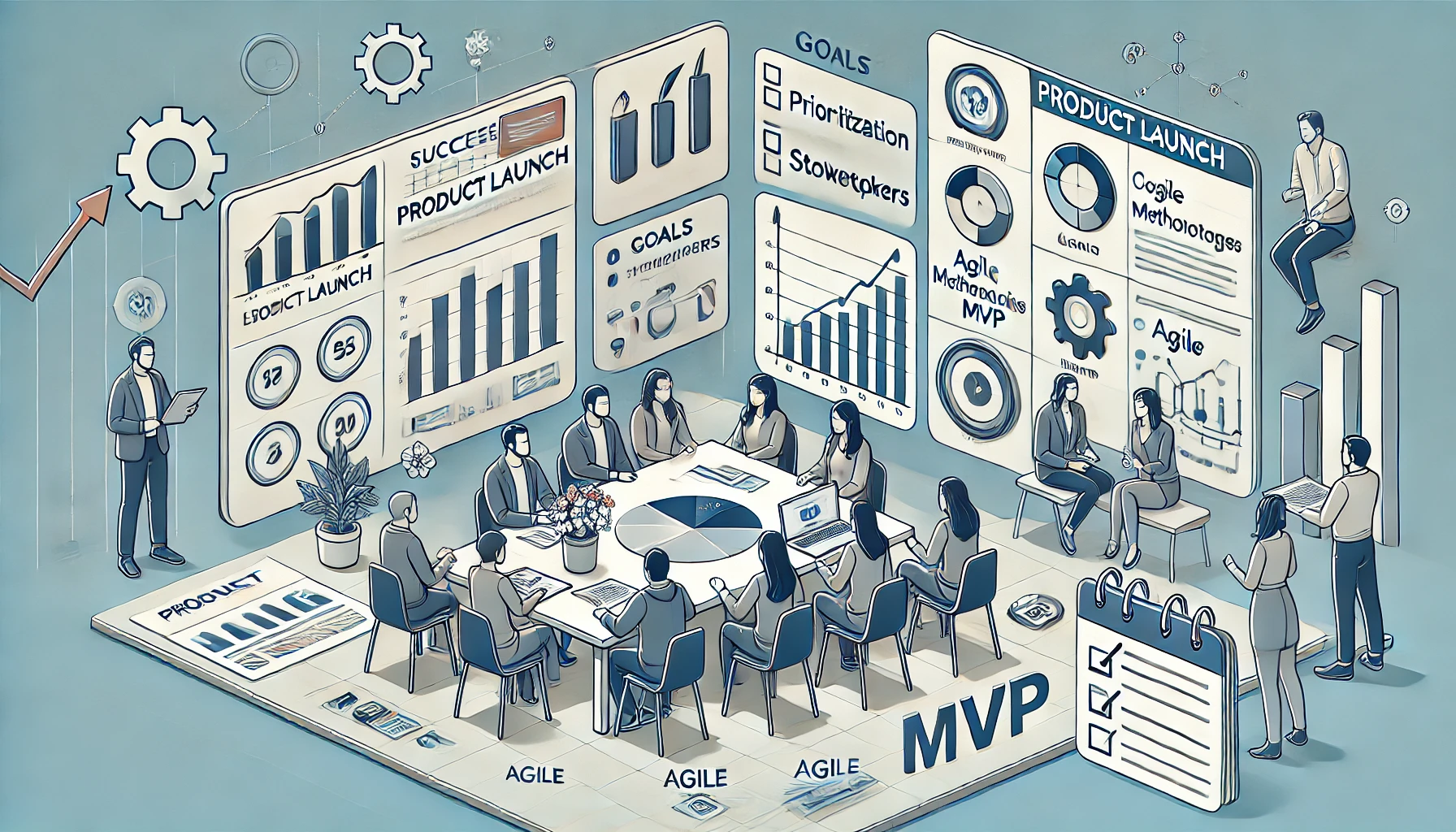Ah, the product roadmap—an ever-shifting landscape filled with dreams, deadlines, and conflicting priorities. Conquering its challenges may seem akin to scaling Mount Everest in flip-flops, but fear not, brave product warriors! This guide offers a treasure trove of effective strategies to help you navigate the negotiation jungle and emerge triumphant, roadmap in hand.
1. Data-Driven Diplomacy: Master Your Terrain
To tame the roadmap beast, arm yourself with the most potent weapon—data. Before entering negotiations, quantify the impact of each feature using metrics such as user engagement, revenue potential, or customer satisfaction. Transform your passionate pleas into compelling, objective arguments that resonate with stakeholders who value cold, hard facts.
Example: Instead of merely proposing a “cool new feature,” present data demonstrating its potential to increase user retention by a staggering 15%. Concrete numbers speak louder than vague promises of an “improved user experience.”
2. Collaborative Consensus: Build Bridges, Not Walls
Negotiation is not a battle; it’s a collaborative endeavor. Actively involve stakeholders in the prioritization process through workshops, feedback sessions, and open discussions. This fosters a sense of ownership, ensuring that stakeholders are not merely accepting the roadmap but actively invested in its success.
Example: Host a collaborative prioritization session using methods like dot voting or weighted scoring. Visualize everyone’s priorities to create a roadmap that reflects collective wisdom rather than individual agendas.
3. Win-Win Solutions: Master the Art of Trade-offs
In the arena of conflicting priorities, be prepared to propose win-win solutions. Can a feature be implemented in stages? Can a less critical project be deferred to free up resources? Explore creative options that meet everyone’s needs, even if some adjustments are necessary.
Example: If marketing desires an elaborate landing page but engineering resources are limited, suggest building a simplified version initially, with a commitment to iteratively enhance it later. This prioritizes marketing goals while acknowledging engineering constraints.
4. Aligning with Business Goals: Speak the Language of Power
Move beyond discussing features; emphasize business impact. Frame each feature in the context of how it contributes to overarching business goals, such as increasing market share or boosting profitability. Elevate the conversation from tactical skirmishes to a strategic alliance.
Example: When advocating for a customer support chatbot, underscore its potential to decrease ticket resolution times, enhance customer satisfaction, and ultimately drive higher retention and revenue.
5. Transparency and Communication: Celebrate the Climb
Remember that navigating the roadmap is a collective effort. Keep stakeholders informed throughout the process, explaining decisions and prioritizing adjustments. Transparency builds trust and nurtures a collaborative spirit, preventing frustration and misunderstandings.
Example: Regularly share updated roadmaps, emphasizing progress and explaining changes. Use communication channels like email, meetings, and progress reports to keep stakeholders in the loop.
By wielding these strategies as your trusty negotiation tools, you can transform the product roadmap from a battleground into a collaborative canvas. So, embrace your inner cartographer, grab your data-driven compass, and embark on the triumphant quest of taming the roadmap beast! Effective negotiation ensures everyone reaches the peak together.
This comprehensive guide equips you with practical strategies for navigating product roadmap negotiations. Adapt and tailor these suggestions to your specific context and challenges, remembering that effective negotiation is an ongoing process refined through experience and a commitment to collaboration. Now, venture forth and conquer that roadmap!




